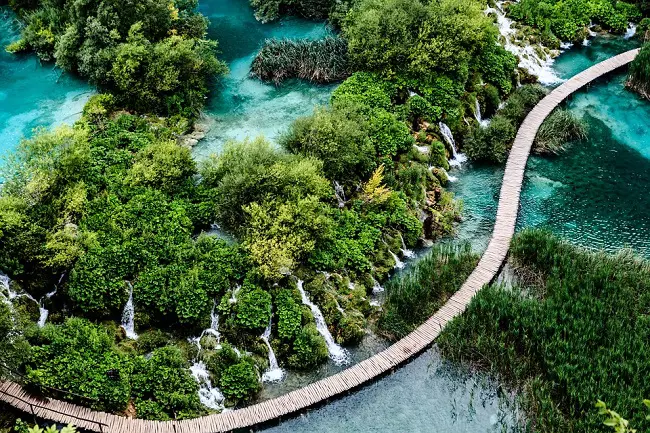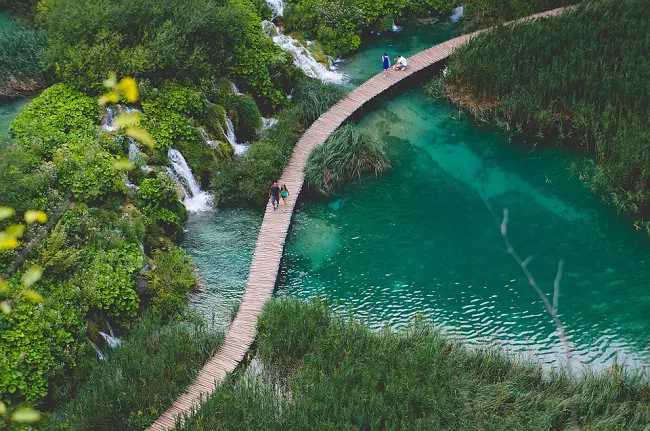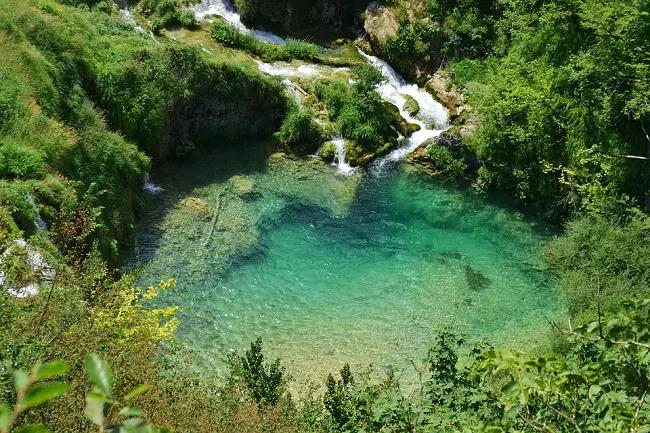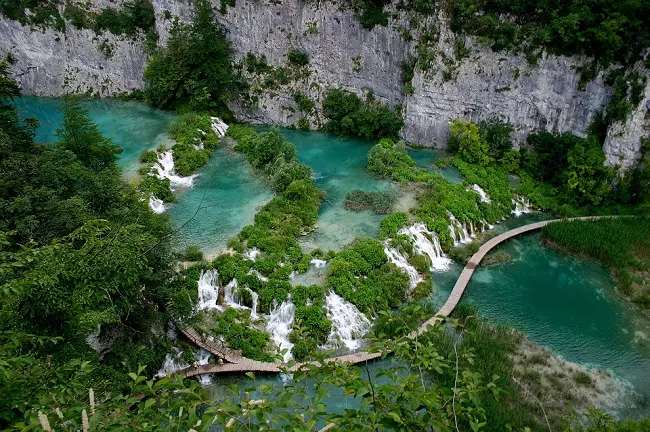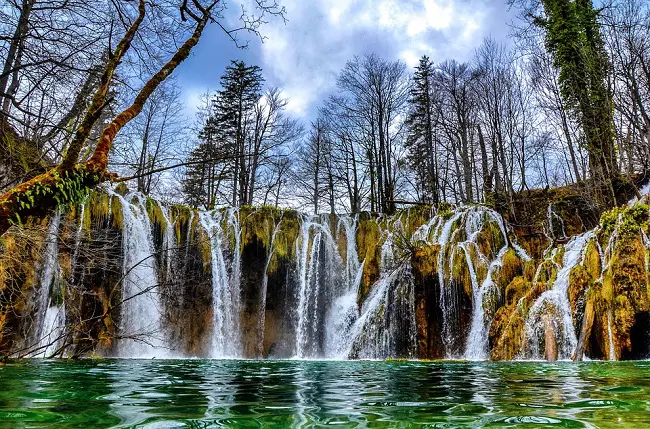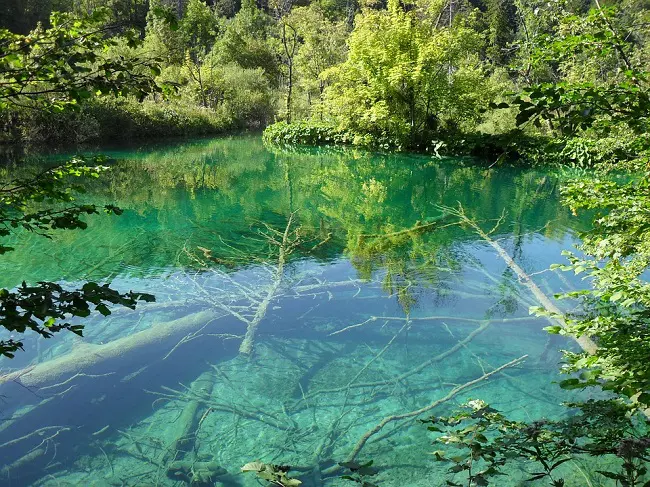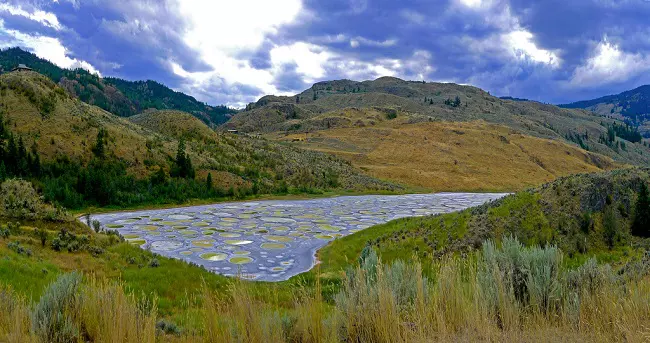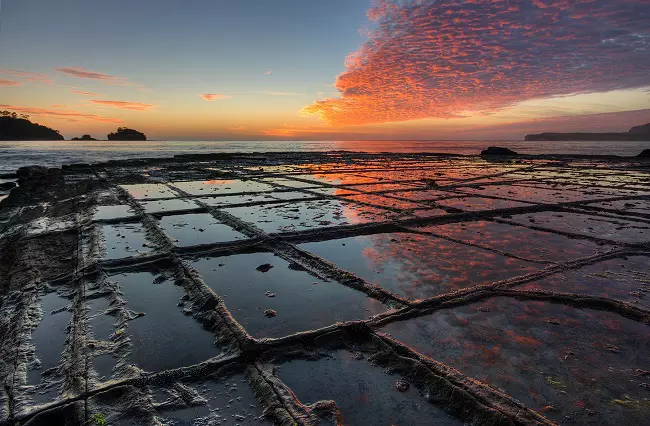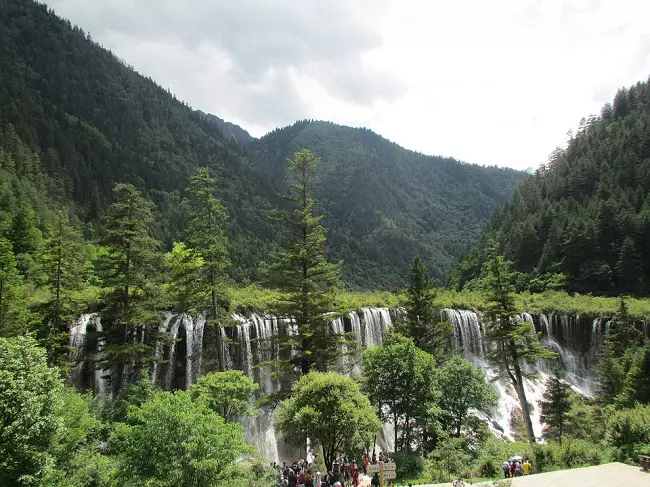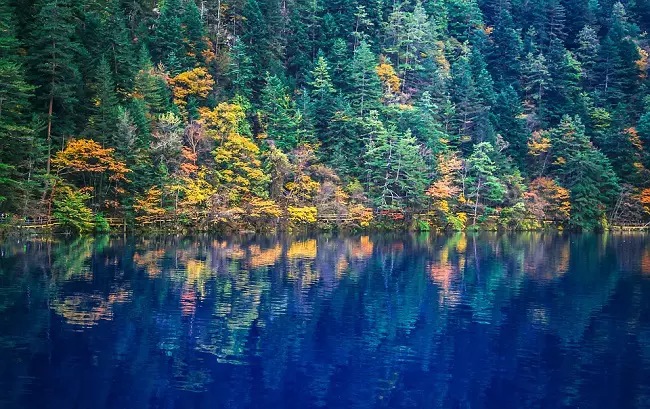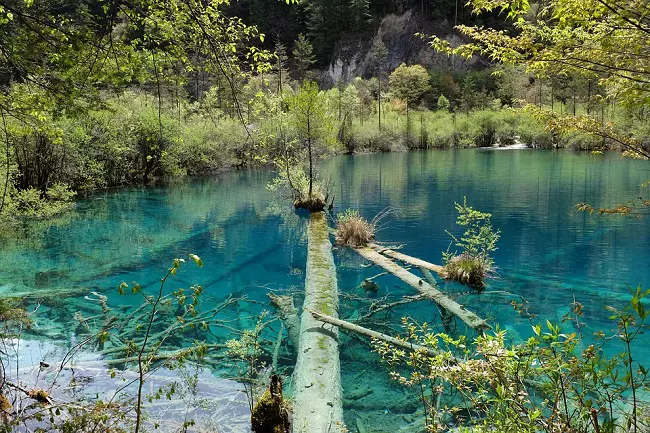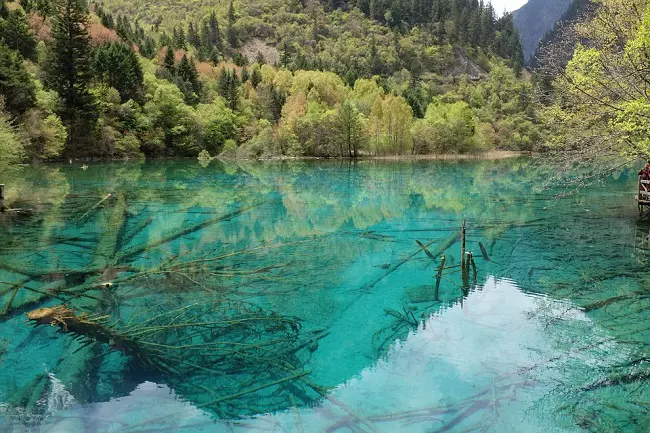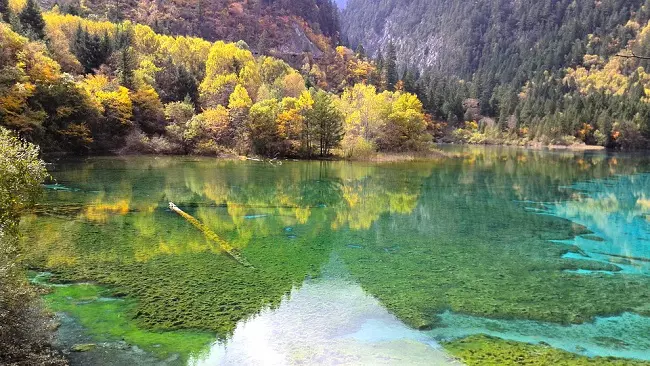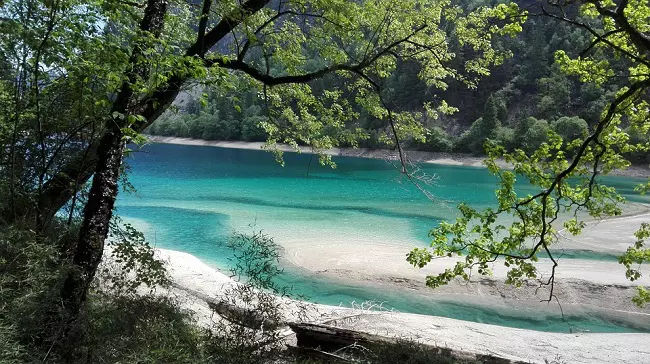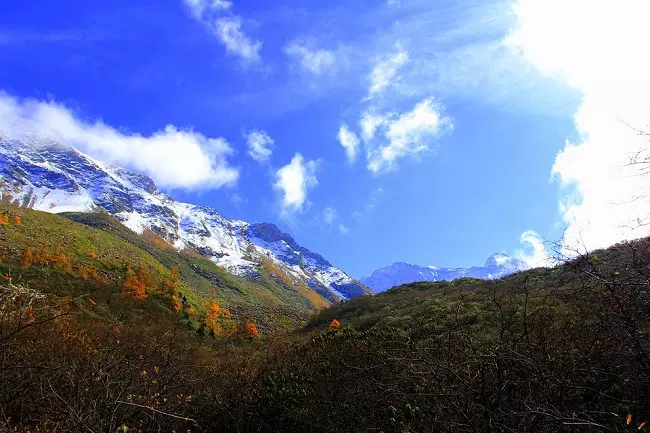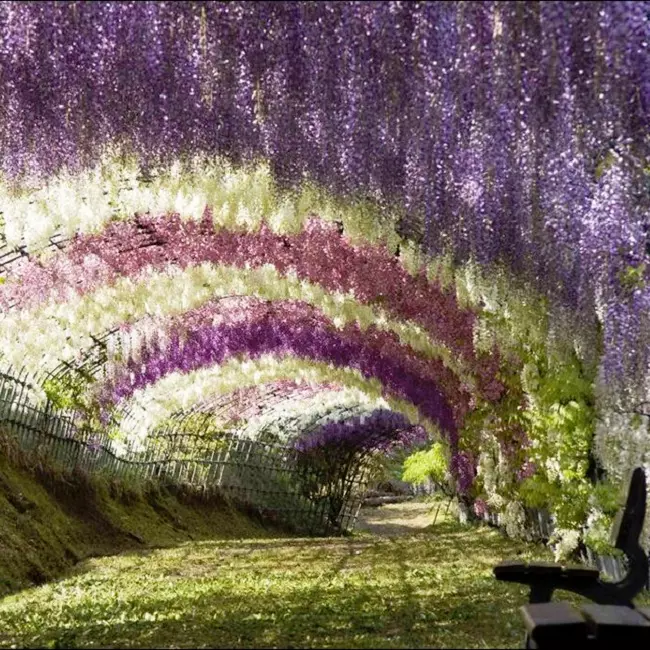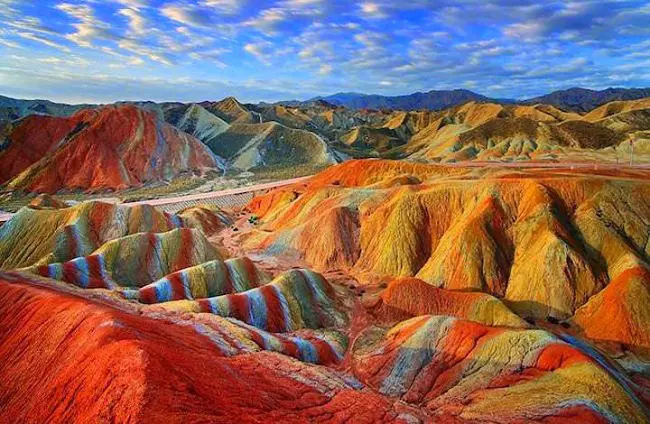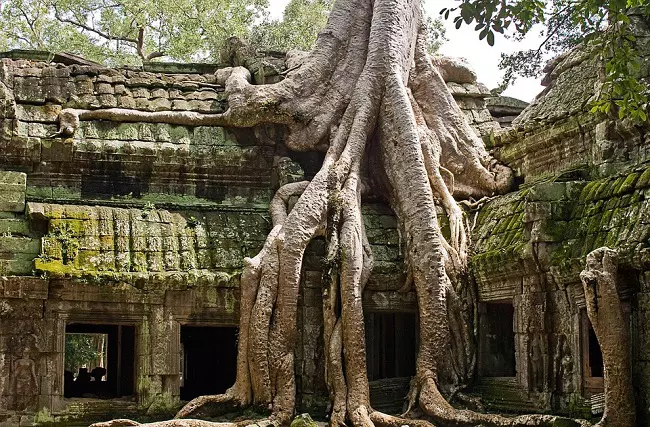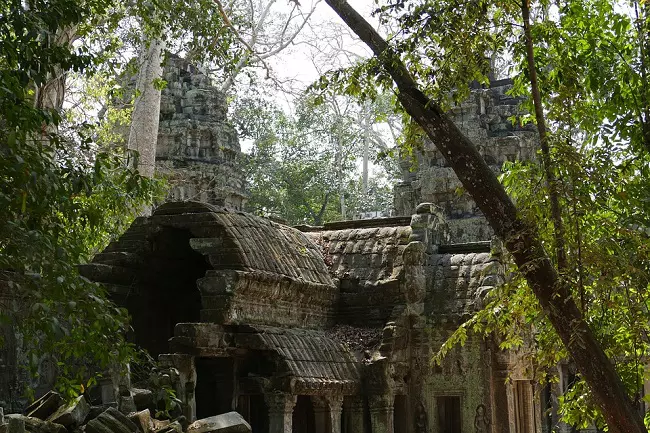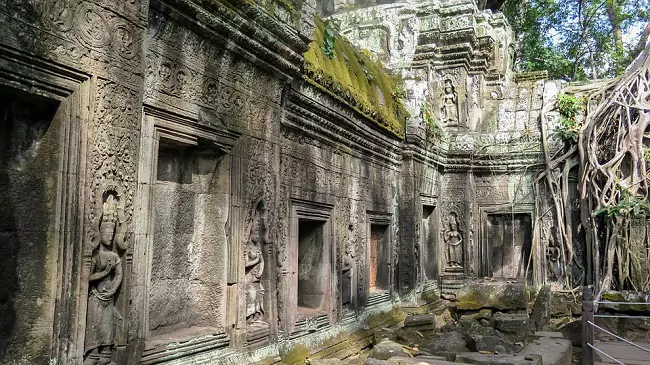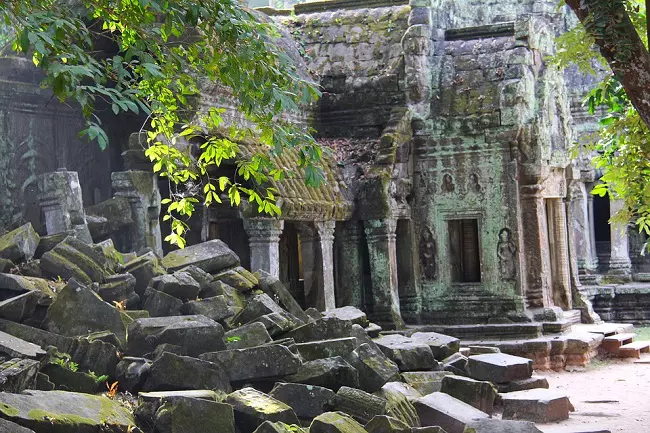7 of the most breathtaking landscapes on Earth
Nature has long been a source of inspiration for many artist, writers and just about anyone who takes the time to cherish its beauty. Though we may find nature's wonders while taking a walk in the countryside, or just gazing at the sunset, there are some stunning sights on our planet that are worth visiting at least once in our lives. Here we picked seven of them.
The Plitvice Lakes National Park is the first national park of Croatia, and is known worldwide for its pretty lakes and majestic waterfalls. (Photo: pixabay.com)
1. Plitvice Lakes National Park, Croatia
One of Europe's most renown national parks gives home to 259 animal species and more than 1,400 plant species and subspecies, many of which are endemic to the region. Yet the UNESCO World Heritage site is mostly known for its impressive karst landscape, more than a dozen crystal-clear lakes and 97 waterfalls. The highest waterfall - which lies at the end of the Lower Lakes - is surely a jaw-dropping sight with its 78 meters height, but the 25-meters-tall Galovački buk waterfall is also worth mentioning. Another good point is that the wooden paths leading towards the turquoise lakes and waterfalls blend in the landscape quite well...
(Photo: pixabay.com)
(Photo: pixabay.com)
(Photo: pixabay.com)
(Photo: pixabay.com)
(Photo: pixabay.com)
2. Spotted Lake, Canada
The Spotted Lake usually reveals its beauty in the summer, when most of the water evaporates, and thus the colorful little bodies of water can be seen all over its bottom. The diverse range of yellowish, blueish and even greenish colors are caused by various types of minerals, which include magnesium sulfate, sodium sulphates, calcium and - to a lower extent - silver. The lakes are quite popular, and can be viewed from behind a fence, which is intended to protect the area.
The colorful spots usually appear in the summer (Photo: Flickr / anthropodermic)
3. Tessellated Pavement, Eaglehawk Neck, Tasmania
The world-famous Tessellated Pavement is found on the Tasman Peninsula near Eaglehawk Neck. The rock formation almost looks like an actual mosaic floor with its rectangle-shaped “tiles” lining up along the coast. Though the rock formation seems man-made at the first glimpse to many, it actually formed as the rocks were fractured by the earth's movement, and later on the waves and the sediments eroded parts of them.
The rock formation provides a wonderful sight as the sunlight paints its surface to the shades of red (Photo: JJ Harrison / wikimedia.org)
4. Jiuzhaigou nature reserve, Sichuan Province, China
Jiuzhaigou nature reserve is no doubt one of the world's most astonishing natural sites, which is well-known for its bright blue, green and turquoise-colored lakes, waterfalls and spectacular mountains. The IUCN lists it as a Protected Landscape, and the Jiuzhaigou nature reserve is also a UNESCO World Heritage site since 1992. Beside the truly eye-catching landscape, the local flora and fauna are also worth mentioning - not only is the nature reserve home to the iconic and endangered panda, but golden snub-nosed monkeys, takins, approximately 140 bird species, endemic rhododendrons and bamboos also inhabit the valley.
The national reserve is home to many iconic species (Photo: pixabay)
(Photo: pixabay)
(Photo: pixabay)
(Photo: pixabay)
(Photo: pixabay)
(Photo: pixabay)
(Photo: pixabay)
5. Kawachi Fuji Garden, Fukuoka Prefecture, Japan
Wisteria flowers are always a lovely sight, yet, nowhere provide they a sight as magnificent as they do in the Kawachi Fuji Garden. The garden displays more than a hundred wisteria plants of a wide variety of species. The blooming plants can be seen in April, when the private garden hosts an annual Wistera Festival. The thrilling view of the 100 meter long wisteria tunnels is not only a dream of many photographers, but also a wonderful experience to those who enjoy smelling the pleasant scent of the flowers. The garden is opened to the public not only in the wisteria season - which usually peaks from around late April to mid May -, but also during the maple leaf season.
The wisteria season usually peaks from around late April to mid May (Photo: Flickr / Wicker Paradise)
6. Rainbow Mountains, Zhangye National Geopark, China
The Zhangye National Geopark covers an area of 322 square kilometres, and is best known for its uniquely colored “Rainbow Mountains”. The spectacular reddish sandstone and siltstone peaks gained their vibrant colors and diverse shapes over millions of years as weathering and erosion formed the almost rainbow-colored surface that we see today.
The Zhangye National Geopark covers an area of 322 square kilometres (Photo: Flickr / enzo2659)
7. Ta Prohm, Angkor, Siem Reap Province, Cambodia
For those who prefer more mysterious, spiritual, perhaps somewhat fantasy-like landscapes, the temple of Ta Prohm might be a wonderful place to visit. As the temple - originally functioning as a Mahayana Buddhist monastery and university - was left, trees began growing around and across the building's ruins, with the roots taking the shape of the mossy rock tiles.
Ta Prohm was originally functioning as a Mahayana Buddhist monastery and university (Photo: pixabay)
(Photo: pixabay)
(Photo: pixabay)
(Photo: pixabay)
Anita Dios
April 2018
